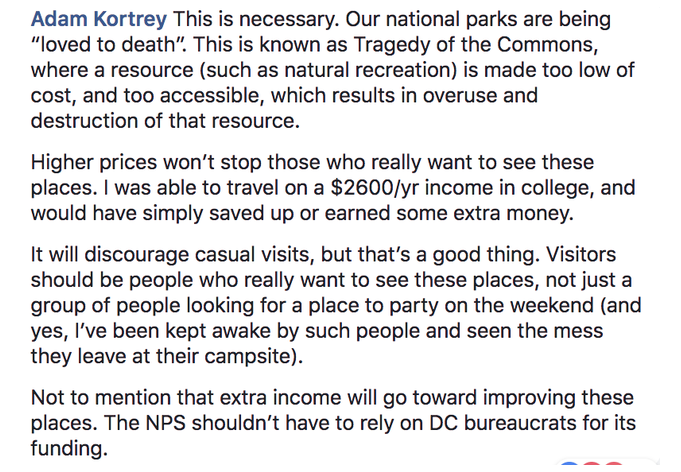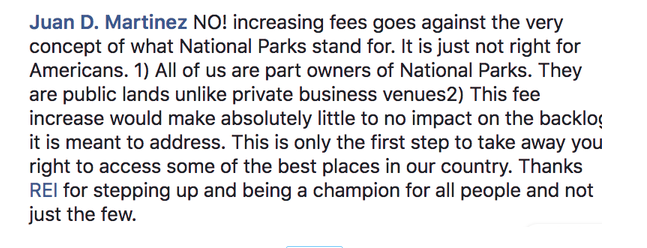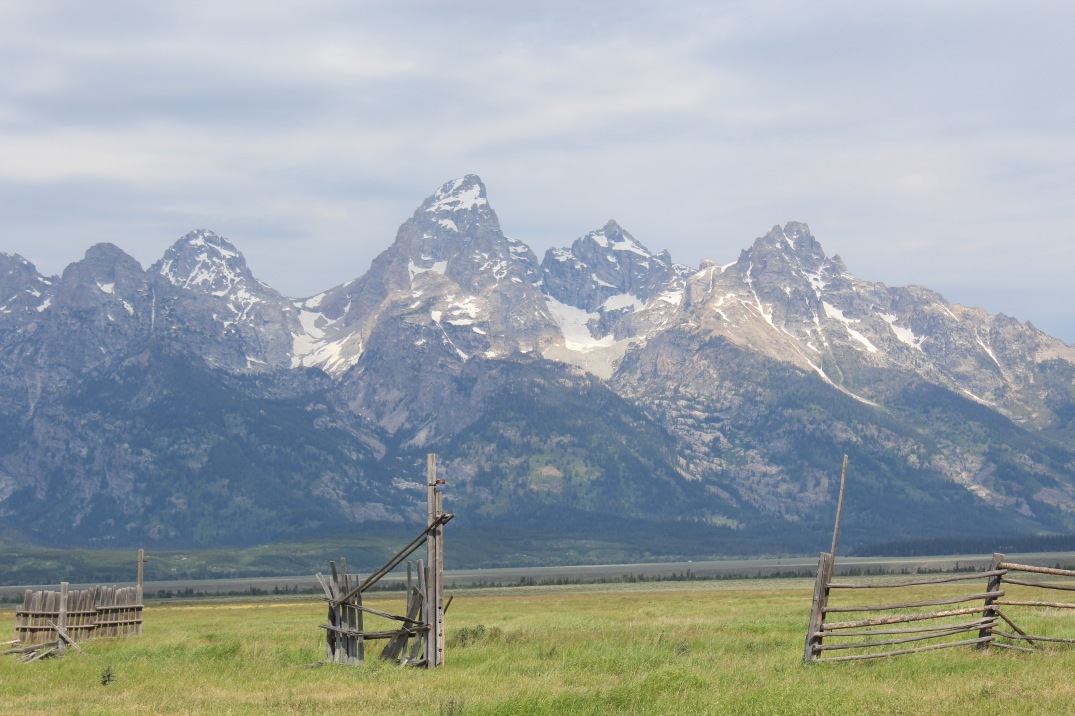Breathe in and out. Now reach up and back to the heart.
Yoga is a physical, mental, and spiritual practice that combines physical posture, breathing exercises and meditation.
The National Center for Complementary and Integrative Health released that in 2017 9.5 percent (21 million) of U.S. adults participate in some form of Yoga.
Yoga, as of late, has taken the world by storm.
Different sports, schools, and organizations are adding yoga to training and programs.
There are more than 100 different forms of yoga. Yoga can range from gentle and slow to power yoga which is faster and much more challenging.
Runners are using yoga apart from their winter training to improve strength, flexibility and mental focus.
Yoga has many more positive effects when it comes to your overall well-being. According to runnersworld.com, yoga helps reduce stress, aids weight loss, eases the pain, helps people stick to an exercise routine and can even improve running times.
By increasing your flexibility, running becomes more efficient and injury free, said Adam St. Pierre, a coach, biomechanist, and exercise physiologist for the Boulder Center for Sports Medicine.
There are many different reasons that people try yoga for the first time. In a report by forbes.com, 61 percent tried yoga for flexibility, 56 percent said it was a stress relief and 49 percent said it was for general fitness.
In a recent study by Harvard Health, yoga can reduce the emotional and physical fatigue that is brought on by cancer treatment.
Yoga may also be increasing in the U.S. due to the fact that stress levels of Americans are at an all-time high, according to The American Psychological Association.
To fight the increasing levels of stress, elementary schools are implementing yoga into their daily routine.
Psychologist, Katherine Stone, said that children don’t have the same coping skills as many adults, with the daily ups and downs that life brings.
According to a study by Harvard Health, yoga can help children with attention deficit hyperactivity disorder.
Jessica Gershen, a certified yoga instructor, said in an interview with Harvard Health, “Through yoga, kids start to realize that they are strong and they are able to take that strength, confidence, acceptance, and compassion out into the world.”
Either through child or adult yoga is making an impact on life across the country and becoming more a part of daily life.
Breathe in and out. Now reach up and back to the heart.






